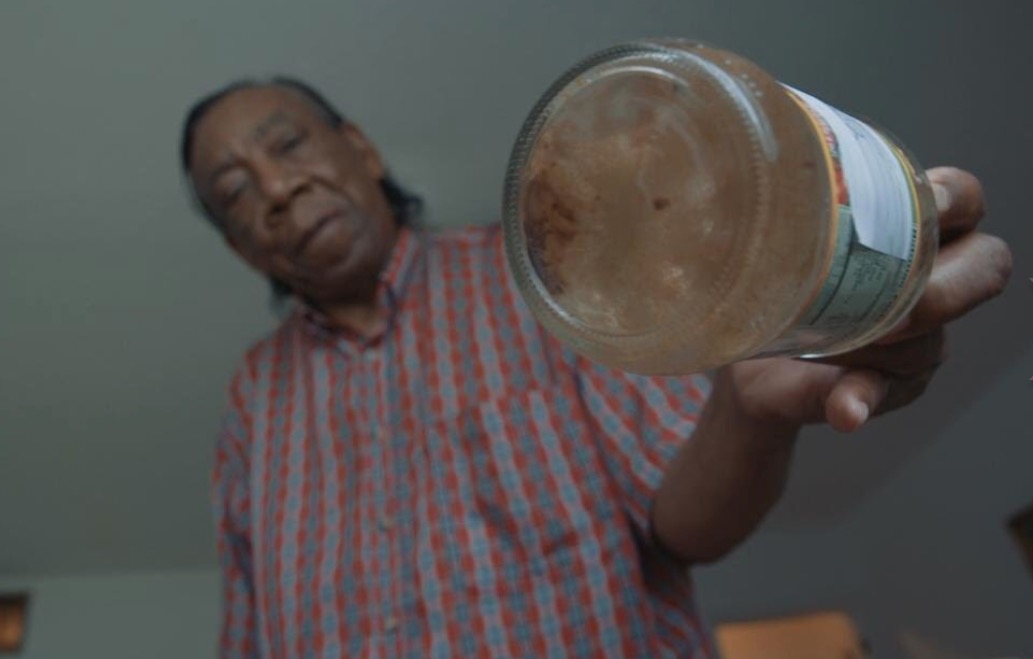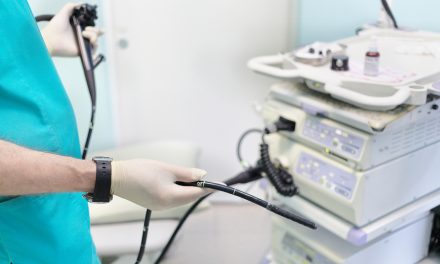Since 2008, the state of South Carolina has been adding a substance called HaloSan to one of four drinking wells in the city of Denmark in an effort to regulate “naturally occurring iron bacteria that can leave red stains or rust-like deposits in the water.” 1 But, here’s the rub: the chemical has never been approved by the EPA to disinfect drinking water and no one bothered to tell residents they were doing it.
However, for the last 10 years, many residents have been suspicious of the rust-colored water coming from their taps so they’ve been collecting samples in jars and using bottled water instead.
It is unclear what, if any, effects HaloSan might have already had or will continue to have on the almost 3,000 people who live in the rural, tight-knit community, “but a group of about 40 residents believe the water is to blame for illnesses and maladies they say they’re suffering from.”2 And now, thanks to a Freedom of Information Act request and a one-year investigation by CNN, the truth is out and the EPA and state government have started an investigation into how this happened.
According to Tommy Crosby, director of media relations for the South Carolina Department of Health and Environmental Control, “The Berry Systems HaloSan treatment unit had been advertised as an effective treatment in the control of iron bacteria and was certified … ” 3 so with old pipes and brown water, mayor Gerald Wright knew they needed to do something. He said, “It was our thinking that it was an approved chemical to be used. We rely totally on DHEC because they have the responsibility and expertise to test, monitor and advise.”4
But the real issue is bigger than just brown water. At hand is those old pipes and Denmark’s rising water bills (despite the huge drop in population), something a $2 million federal grant wasn’t able to repair. According to Wright, “So what we’ve done is all we know we can do.”
- An EPA risk assessment from 2007 shows that HaloSan can be a “significant eye and skin irritant” as well as potentially cause “burning, rash, itching, skin discoloration/redness, blistering, allergic type reactions including hives/welts, allergic contact dermatitis, and bleeding also have been reported. … Eye pain and swelling of eyes also has been reported in some incidences.”5
- Virginia Tech engineer and researcher Marc Edwards, said, “I did a thorough search, and I’ve never seen it approved for a public water supply before. And the EPA approvals that I saw, none of them were for municipal potable water.” Not to mention the fact that there doesn’t seem to be any evidence that the dosage was being regulated, “You have to make sure you don’t put too much of it in the water. And there was no way that they could prove that they weren’t exceeding the recommended dose. There’s a maximum allowed amount, even for industrial applications. And they have no way of proving that, that level is not being exceeded.”6
- Joe Charbonnet, science and policy associate at the Green Science Policy Institute, said without knowing the concentration levels in the water, it’s hard to know the health effects. He said he is concerned about HaloSan being used as a water disinfectant because it could produce compounds that are toxic.7
Far too many towns in this country have old pipes that need attention. But nothing is being done. However, as Erin reminded us last year, no one is coming to save our water, it’s up to us.
RELATED STORY:
To learn more about concerned Denmark residents Paula Brown and Eugene Smith, and to watch their story, click here.












